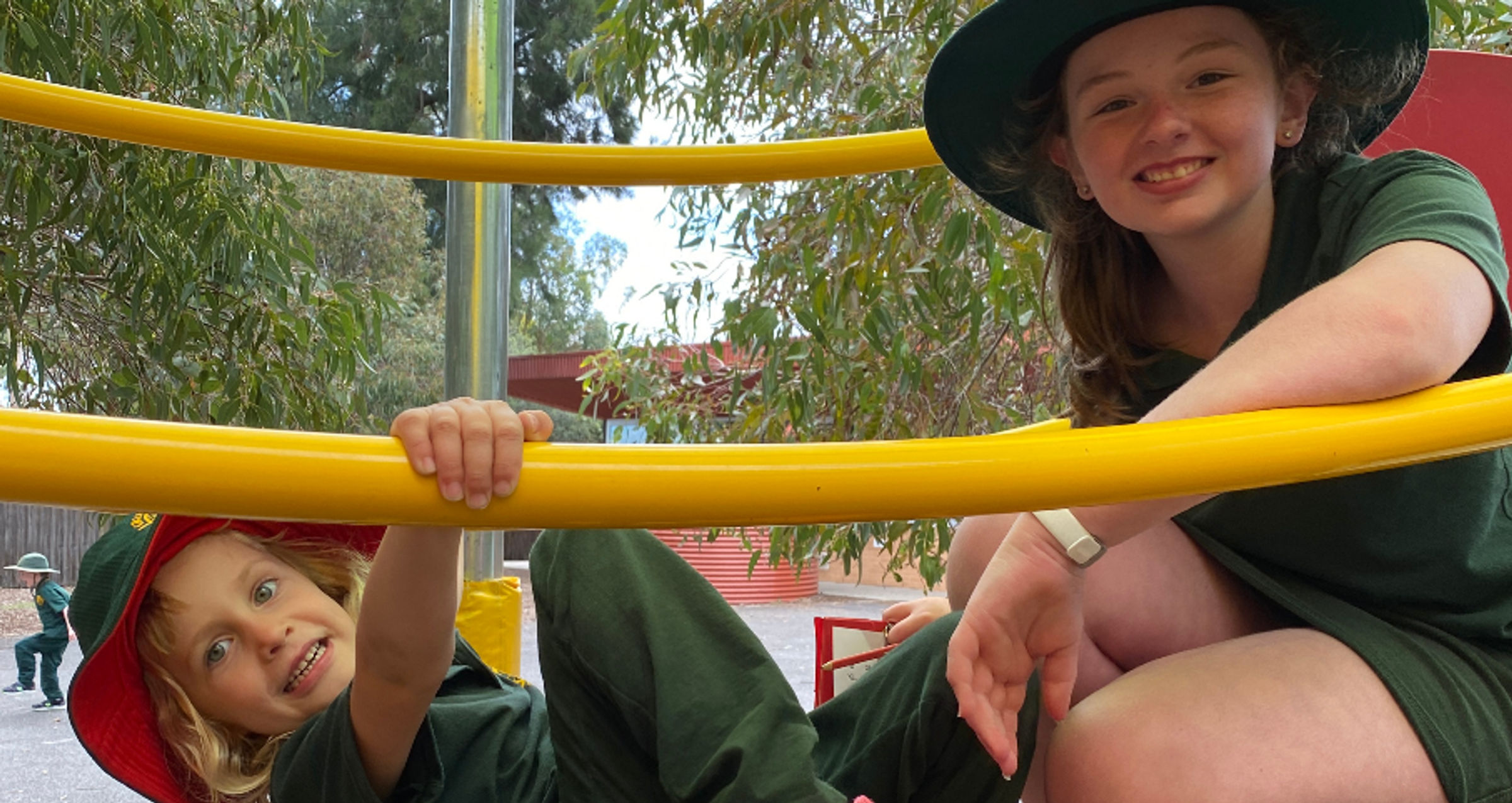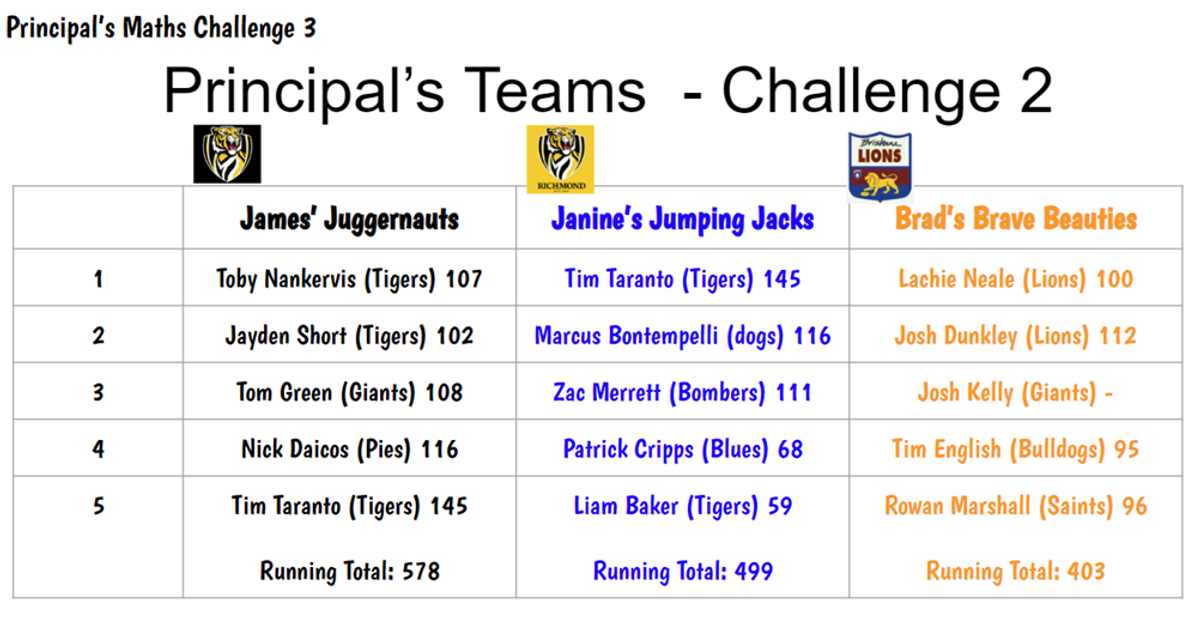Message from the Principal
James Penson

Message from the Principal
James Penson
Dress up and out of uniform days are always one of the highlights of time at school. A massive shout out to our students and families for really getting the spirit of our “Day in May” fundraiser. This was organised by our Junior School Council and we had such an array of pop stars, rock legends and lots of yellow!
We raised a grand total of $669! This will be sent through to Challenge and will certainly be appreciated by the families that have a family member living with cancer.








We had a thorough and robust Validation Day last week. There was a lot to celebrate and some feedback from Clare our SEIL was that she saw “significant improved teacher practice” from her observations at our review four years ago.
The other members of our core panel all agreed that our classrooms are calm and organised and most importantly our students are enjoying being here, speak positively of their teachers and staff and that our school feels like a really nice place to learn and work.
The panel agreed with our Pre-Review Self Evaluation as follows:
Leadership – Embedding
Teaching & Learning – Embedding
Engagement – Embedding
Support & resources -Embedding
The panel rated that our self-evaluation of Assessment should be at Evolving rather than Embedding.
We are now currently working through two Terms of Reference:
TOR 1: To what extent has consistent, high-quality teaching and learning practice been embedded and affected student learning outcomes?
TOR 2: How does the school build student wellbeing and engagement in learning?
These underpin the inquiry, observations and focus groups during Fieldwork Day (which is today!) and then this is all presented and finalized together at Panel Day on 7th June.




Don’t forget that our Principal’s Maths Challenge No #3 is currently underway. Your child can get involved through their Seesaw page. This one is a bit like a choose your own adventure. There are two different challenges to choose from. You can tally up a team’s goals over three different games or join in our 5 Player Supercoach challenge. Looks like James’ Juggernauts are off to a flyer!


Assessment of students at Greenhills Primary School is an ongoing process and takes a number of forms.
Assessment for improved student learning and deep understanding requires a range of assessment practices to be used with three overarching purposes:
There are two main types of assessment that are used regularly and consistently within classrooms – formative and summative. Both have an important role to play in a balanced assessment program.
Formative assessment (for and as learning) is often viewed as more of a natural part of the teaching and learning process. It involves finding out what students know and do not know, and continually monitoring student progress during learning. Formative assessment can include strategies such as observations, listening to students read and asking student’s questions. Pre-tests, projects, self-reflections, running records reading assessments, pair and group tasks, checklists and student conferences are all examples of the many types of formative assessment that teachers do every day to monitor and reflect on student learning.
Teachers use the feedback from formative tasks to identify what students have already mastered or are having difficulty with and adjust teaching appropriately. This could involve re-reaching key concepts, changing how they teach or modifying teaching resources to provide students with additional support. Students also use feedback from formative tasks to reflect on and improve their own work.
Summative assessment (of learning) provides students, teachers and parents with an understanding of student’s overall learning. Most commonly thought of as formal, time-specific tests, these assessments many include post-tests, writing tasks, art works, presentations, reports or work samples that are part of our continuous reporting program. The recent NAPLAN and PAT testing is an example of a summative assessment. Summative assessments are generally designed to measure the student’s achievement relative to the subject’s overall learning goals as set out in the relevant curriculum standards.
In order to have a rich and thorough understanding of our student’s progress, we endeavour to ensure that data is obtained consistently over time from a wide range of assessment types and methods. We are also working to prioritise students having the opportunity to reflect on their own learning and part of this is ensuring that their learning goals are clear and that students are aware of the success criteria for different tasks. You may have seen our Instructional Model that is evident in all of our classrooms each day. This includes setting clear learning intentions and success criteria.
The provision of timely and relevant feedback to students is also vital to the learning process. Students are given time to reflect on their learning and make use of feedback to improve their work.
All students who attend our working bee with a parent/carer will receive a $5 canteen voucher.
James Penson
Principal

